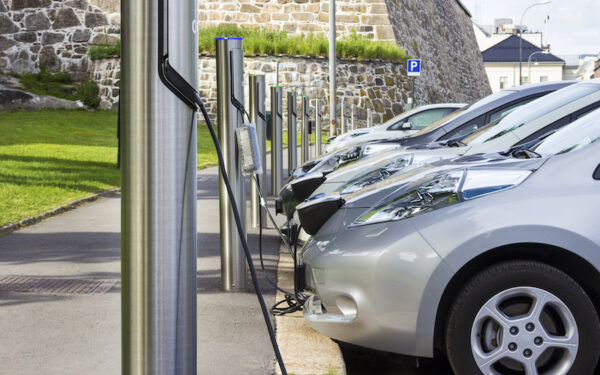Our electricity grid was designed over 100 years ago. But times have changed. Today, we can harness clean, renewable energy right where we live, so electricity doesn’t have to come from polluting power plants miles away. But we have to update our electricity grid to take advantage of it.
Technology will let us modernize our electric grid for the 21st century. We can now create a smart grid – a more intelligent system for making, delivering, and using energy. A smart grid will give us more control over energy use in our individual homes and businesses – for instance, setting appliances to run when energy prices are low, or getting power from local, clean energy sources. That means it can save us all money, too.
Updating Our Electric Grid Is a Critical Climate Solution
Modernizing our grid is also a crucial investment in our future, because it offers an innovative, clean solution to climate-damaging pollution.
One step towards updating our electric grid is revamping its physical aspects. For example, utilities ensuring the existing poles and wires in your neighborhood can incorporate an influx of rooftop solar panels. This physical system needs to be ready for a two-way flow of energy – from the electricity grid into your home, and from your home back onto the grid (so that extra energy made by a home’s solar panels can help power other homes, too).
Another crucial step in improving our grid is updating the policies and regulations that govern our utilities. Right now, utilities make money by selling energy and building new physical infrastructure, like [example and example]. They have no mandates to update and incorporate clean energy. But changing utility policy to better serve their customers would go a long way towards modernizing the way we make and use energy.
We have the knowledge and the technology to do this now – so why are we waiting?
Help us spread the word about our electricity grid: Watch and share our video on why we need to update our electricity grid.
An earlier version of this post was published on January 5, 2018.



